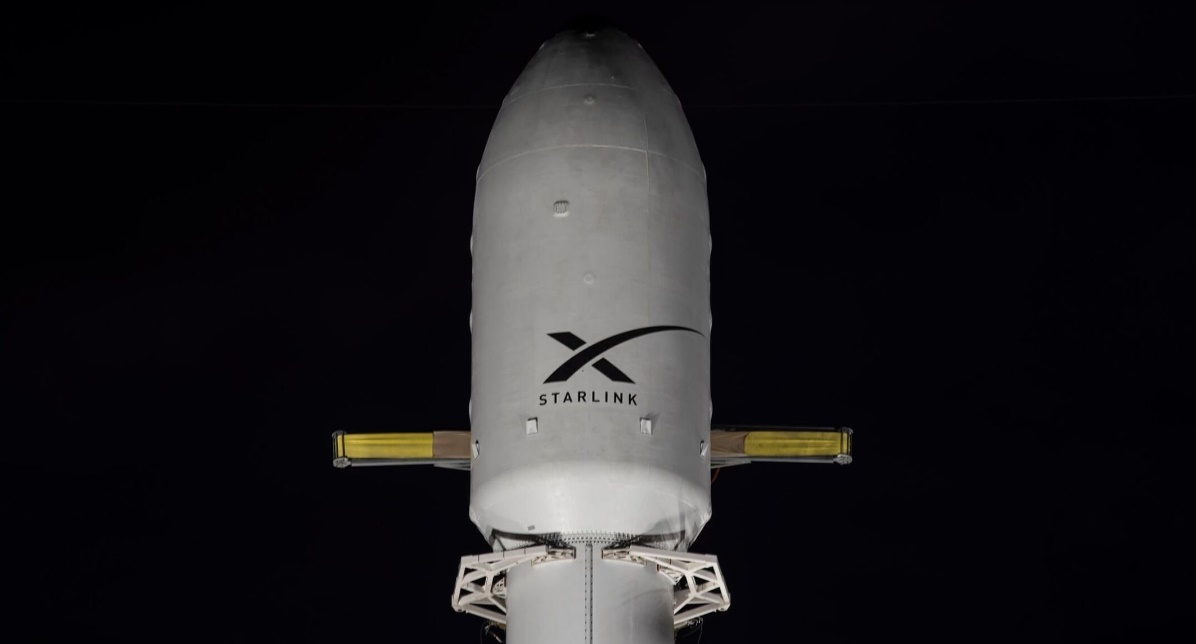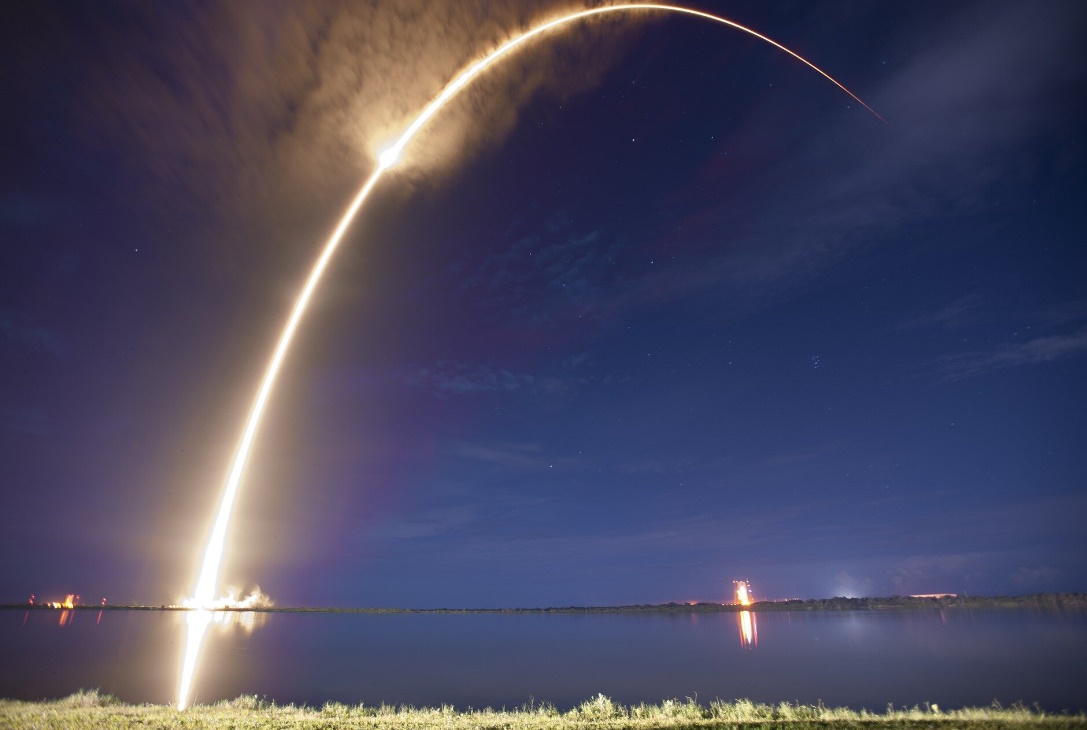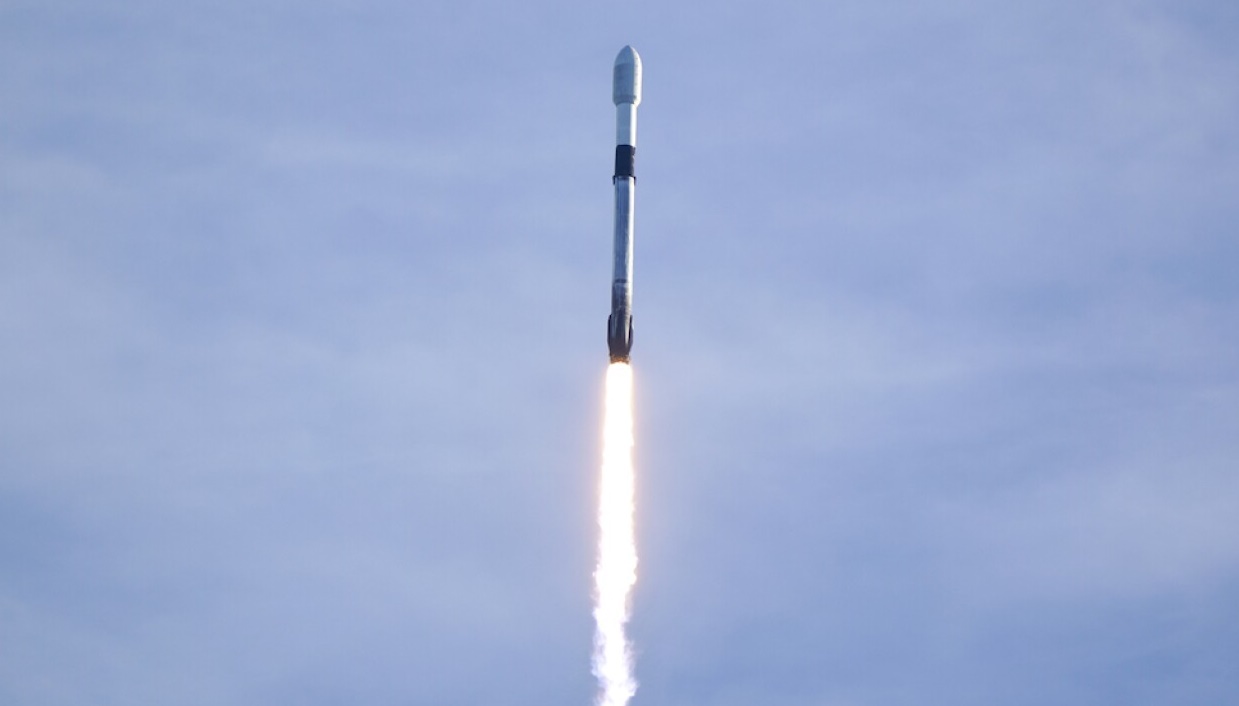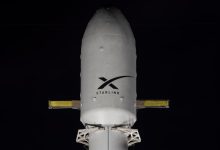What Time is the Spacex Launch Today?

United Launch Alliance (ULA) has successfully launched its inaugural Vulcan rocket from Florida’s Cape Canaveral, deploying the Peregrine lunar cargo lander for Astrobotic an hour later.
It’s worth noting that while some American companies like SpaceX have successfully landed reusable rocket parts on the ocean, launching from the water isn’t a common practice. China, however, seems to be an exception to this trend. During an April conference, Yao Song, co-founder of Orienspace, explained that launching from the sea has several benefits. These include a lower risk of damage from debris and reduced costs.
What time is the Spacex Rocket Launch Today?
The scheduled liftoff time was delayed by just over an hour from the opening of the launch window at 11 p.m. EST (0400 UTC) because the rocket wasn’t positioned upright at the launch pad until around 7:35 p.m. EST (0035 UTC). SpaceX had additional launch opportunities available until 3 a.m. EST (0800 UTC) on Saturday morning. SpaceX launch tonight: Everything to know about the Starlink launch from Cape Canaveral.
According to the 45th Weather Squadron at Cape Canaveral Space Force Station, there is a 60-70 percent chance of favorable weather conditions for the launch. The weather is expected to be better at the beginning of the launch window. The main concerns are the thick cloud layer and cumulus cloud rules, which need to be followed to ensure a safe launch.

Early on Monday, a new rocket from the United States successfully entered into orbit. This launch was significant not only in terms of the size of the rocket but also in the context of a market that has been dominated by one player in recent years.
How Many Rockets Launched by Spacex
SpaceX announced this week that its Starlink internet service has more than 2.3 million users across 70 countries. According to Jonathan McDowell, an astronomer at the Harvard-Smithsonian Center for Astrophysics who maintains a space flight database, since 2019, SpaceX has launched 5,604 satellites. As of December 20, 5,191 satellites appear to be working normally out of 5,226 satellites that remain in orbit.
The booster known as “First-stage B1058” was already leading the fleet with a record of 18 prior missions. It further solidified its position by successfully delivering 23 satellites to orbit on the Starlink 6-32 mission. This booster was first used in May 2020 on the Demo-2 Crew Dragon mission, which carried astronauts for the first time. The booster still bears a faded NASA ‘worm’ logo from that historic mission.
Where is Falcon 9 Launching from Today?
Welcome to the live coverage of SpaceX’s Starlink 6-34 mission from Cape Canaveral Space Force Station. SpaceX is targeting the launch of a Falcon 9 rocket at 11:39 p.m. EST from Launch Complex 40.
It has been announced that the planned Space Coast launch doubleheader for tonight will not take place as scheduled. SpaceX has once again postponed the liftoff attempt of a Falcon Heavy rocket carrying the secretive Space Force X-37B Orbital Test Vehicle. The new target time for the launch is 8:13 p.m. on Wednesday.
SpaceX launched a Falcon 9 first-stage booster for the 19th time, setting a new record. This launch was carried out just after midnight as part of the company’s ongoing efforts to expand its Starlink satellite constellation. The liftoff took place from pad 40 at Cape Canaveral at 12:33 a.m. EST (0533 UTC)

On Sunday, January 7th at 5:35 p.m. ET, SpaceX successfully launched 23 additional Starlink internet satellites into orbit from Florida’s Cape Canaveral Space Force Station. The Starlink spacecraft was carried by a Falcon 9 rocket and the launch occurred at 5:35 p.m. EST (2235 GMT).
During the flight, the Falcon 9 first stage successfully landed on the drone ship named ‘Just Read the Instructions’ after eight and a half minutes. The rocket’s second stage will perform two burns to place 23 second-generation Starlink satellites into orbit. The deployment of the satellites is scheduled to occur approximately one hour and five minutes after launch.




